Introduction to Coffee Flavor characteristics of Monte Carmela (Monti Camilla Manor) in Costa Rica
Costa Rica Monte Carmela Honey
Costa Rica is located in Central America, bordering ~ Nicaragua to the north and ~ Panama to the south. Seven countries in Central America (Belize/Costa Rica/El Salvador/Guatemala/Honduras/Nicaragua/Panama) are coffee producing countries, of which Guatemala/Costa Rica/Honduras are among the top ten coffee exporting countries in the world.
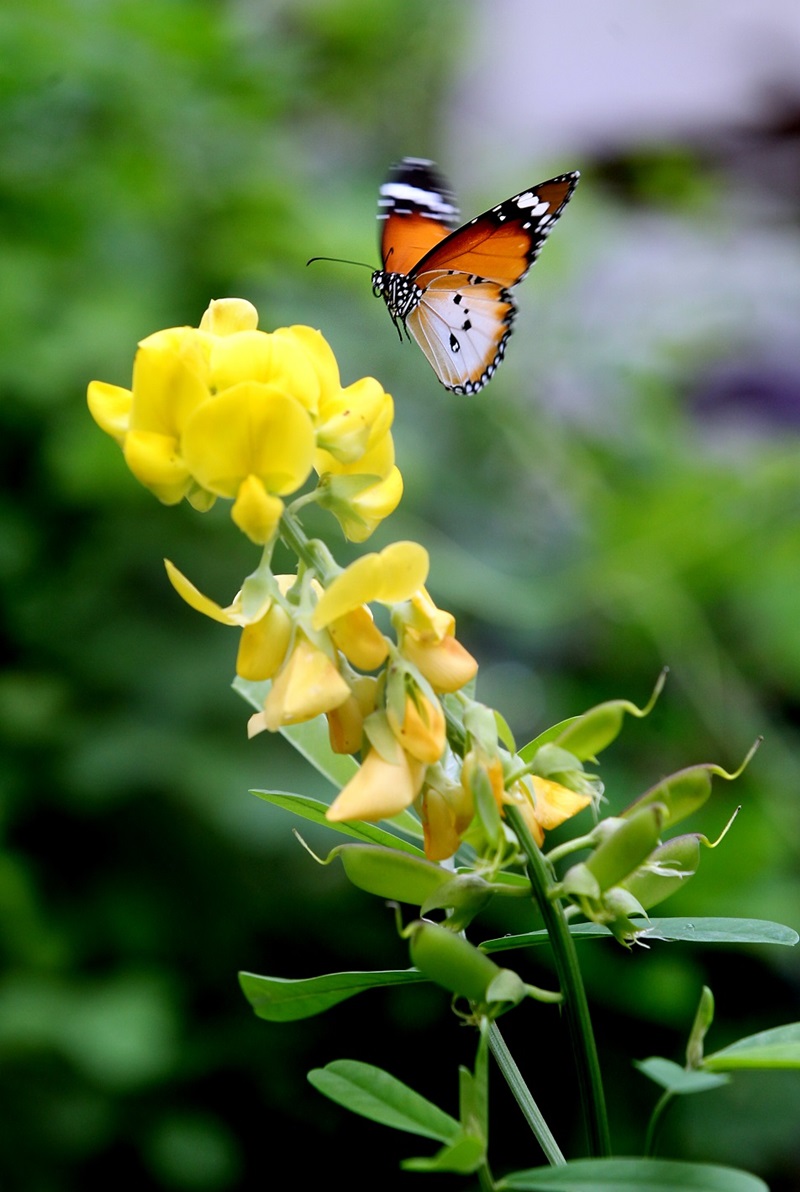
Costa Rica has seven major coffee producing areas, from northwest to southeast along with the distribution of the central plateau inland. Colombia's volcanic terrain has fertile ash, mild temperatures and steady rainfall. The coffee industry has been developing since the mid-18th century and is the first country in Central America to grow coffee, so the coffee organization from production to marketing system is complete. Costa Rican coffee has always been recognized worldwide for its quality and quantity as one of the world's highest quality coffees.
All Arabica varieties, pure flavor, pleasant aroma, both in acidity and taste have an impeccable balance, suitable as a single coffee or blend into a comprehensive coffee.
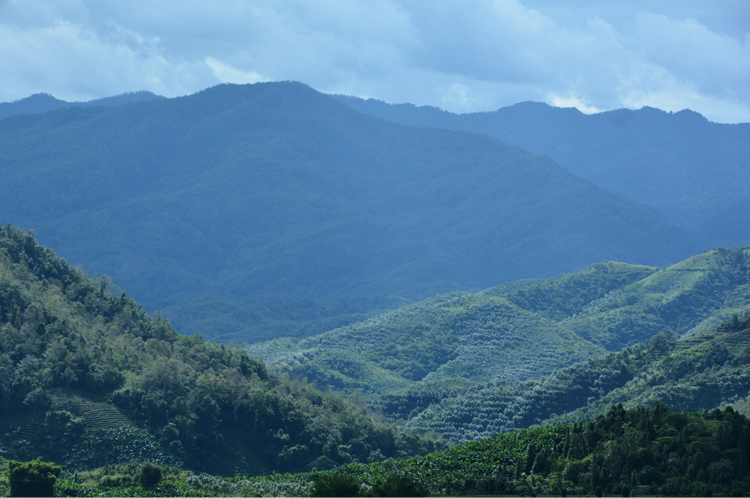
Region 1: West Valley
Planting height 1,000-1,200 m, growing season November to March, cup test high acidity/full bean body/aroma, characteristic acidity and bean body can not compete with other producing beans, but the overall taste is balanced enough, slightly almond and peach flavor.
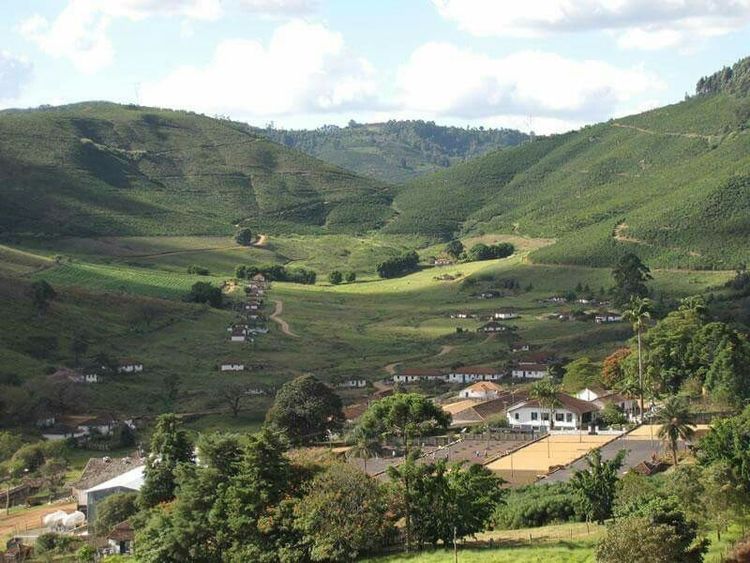
Region 2: Central Valley
Planting height 1,200-1,600 m, growing season November to March, high acidity/full body/strong aroma of the cup, characterized by the earliest coffee growing area in Colombia, rich volcanic soil, sometimes with chocolate aroma.
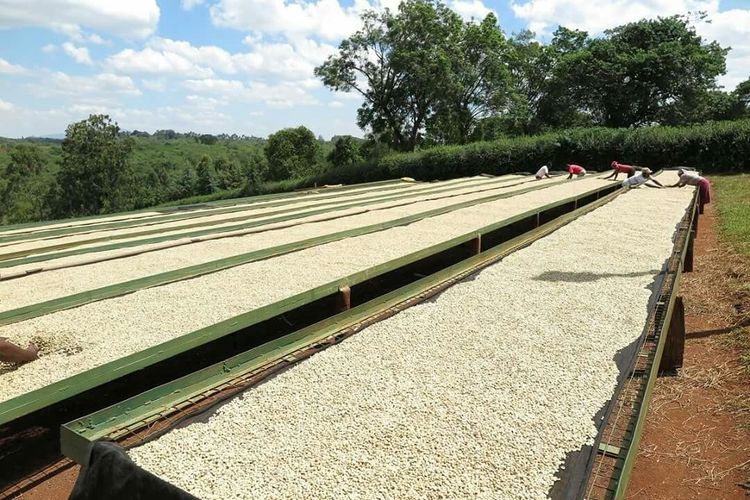
Region 3. Tarrazu
Planting height 1,200-1,700 meters, growing season December to March, high acidity of the cup test smooth/hard and full body/rich flavor, characterized by world-famous production areas, is a high sea area to create an unmatched perfect taste.
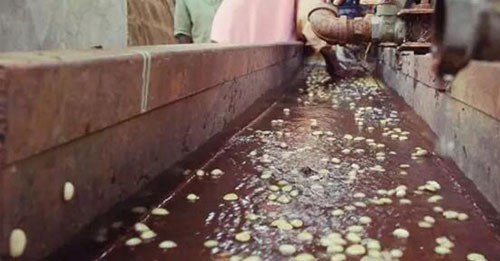
Region 4. Three Rivers Tres Rios
Planting height 1,200-1,650 meters, growing season from December to March, high acidity/hard and full body/rich flavor, good characteristic climatic conditions, obvious taste, very good balance.
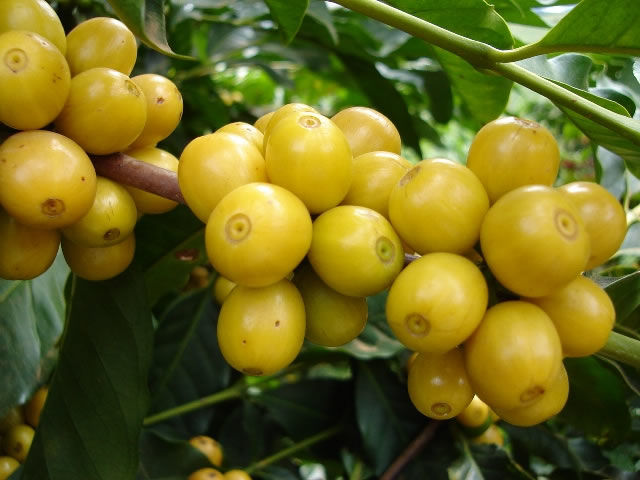
Region 5. Orosi
Planting height 900-1,200 m, growing season September to February, smooth sour taste/full body/aroma, smooth taste, balanced enough.
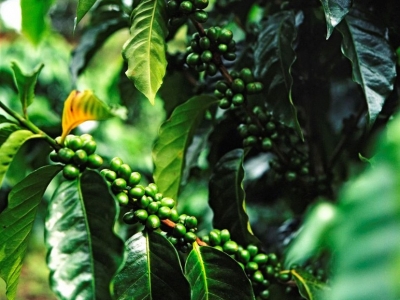
Region 6. Brunca
Planting height 800-1,200 m, growing season August to January, cup test general acidity/fullness/
The aroma is ordinary, the characteristics of the latest production area, suitable for all kinds of consumers, the taste is compatible with other production areas.
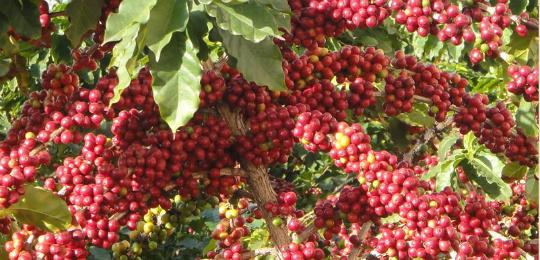
Region 7. Turrialba
Planting height 600-900 meters, production season July to December, cup test general acidity/bean body is thin/fragrance, characteristic harvest season is the earliest in Colombia, mainly due to abundant rainfall.
This bean comes from Orosi valley, where caturra and catuai are grown, especially in Orosi valley, where men tend the beans. Another feature is that Orosi produces only 1000 bags (60kg/bag) a year, compared with 1,778,000 bags a year in Colombia, which is attractive enough to get close to.
Monte Carmela and Coopertarrazu, from Tarrazu, won the Q competition in 2005.
After one explosion ~ before two explosions
Dry/wet aromas with melon-like/honey-like and malt-like notes
The mouth can feel a slight acid like strawberry and a strong sweet and lasting feeling. The acidity spreads gently to both sides of the mouth and cheeks. The body is clean and cool, and it turns smooth and round. The fragrance of the root of the tongue lasts for a long time. The sweetness is good.
Important Notice :
前街咖啡 FrontStreet Coffee has moved to new addredd:
FrontStreet Coffee Address: 315,Donghua East Road,GuangZhou
Tel:020 38364473
- Prev
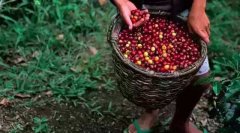
Guatemala Atitlan San Pedro (San Paito Manor) A detailed introduction to the eight manors
Atitlan San Pedro (Saint Pedro Manor) SHB Guatemala has extensive mountains and regional climate change, which has created eight major coffee producing areas, all located in alpine terrain / rich and stable rainfall / fertile pozzolanic soil in the subtropical climate. All coffee beans are Arabica varieties, each with different flavors and characteristics, excellent sour taste and fruity flavor, belonging to
- Next
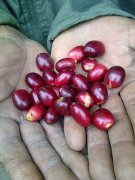
Isopiaya Gaschef Biloya (Biloya Cooperative) Coffee Bean Flavor introduction Baking suggestion
Ethiopia Yegashev Biloya (Biloya Cooperative) G2 Beloya or (Biloya) both names are used, which is correct? after searching for Google, I don't quite know, there are both kinds of information, but these are not important, tasty is the king. Coincidentally, Biloya and Kochere are in the same producing area, and coffee varieties are also Heirloom, if so.
Related
- Does Rose Summer choose Blue, Green or Red? Detailed explanation of Rose Summer Coffee plots and Classification in Panamanian Jade Manor
- What is the difference between the origin, producing area, processing plant, cooperative and manor of coffee beans?
- How fine does the espresso powder fit? how to grind the espresso?
- Sca coffee roasting degree color card coffee roasting degree 8 roasting color values what do you mean?
- The practice of lattes: how to make lattes at home
- Introduction to Indonesian Fine Coffee beans-- Java Coffee producing area of Indonesian Arabica Coffee
- How much will the flavor of light and medium roasted rose summer be expressed? What baking level is rose summer suitable for?
- Introduction to the characteristics of washing, sun-drying or wet-planing coffee commonly used in Mantenin, Indonesia
- Price characteristics of Arabica Coffee Bean Starbucks introduction to Manning Coffee Bean Taste producing area Variety Manor
- What is the authentic Yega flavor? What are the flavor characteristics of the really excellent Yejasuffi coffee beans?

